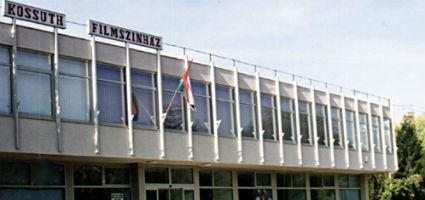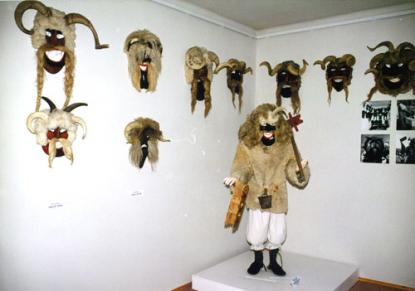2026. January 5. Monday
Kossuth Cinema Gallery - Mohács
 |
Address: 7700, Mohács Deák tér 3.
Phone number: (69) 311-031, (69) 510-477
E-mail: mohacsmozi@gmail.com
Opening hours: Mon-Sat 10-16
|
Museum tickets, service costs:
|
Ticket for adults
|
300 HUF
|
|
|
Ticket for students
(over 14 years of age)
|
200 HUF
|
|
|
Ticket for children
(under 14 years of age)
|
100 HUF
|
|
|
Ticket for pensioners
|
200 HUF
|
The famous custom of the Mohácsian Sokác people is dated to the time of the spring solstice. Long ago the festivity was held for three days from Easter Sunday to the next Tuesday.

This custom is just as related to the carnival at Rio or Venice, as to the customs of the African folks.
The origin of the tradition is also explained with the legend about the chasing out of the Turks. The legend - according to which the Sokác people, putting on threthening masks and crossing over the Danube chased away the Turks from Mohács - is most probably untrue. It is most likely that the Sokác people had brought this custom with themselves from their Balkanian home.
The dress used for the custom was just the same as it is today: short fur coat worn with the fury side out, straw stuffed trousers, wool stockings and sandals. The coat was joined to them by the belt or cattle cord, whereupon the cattle bell was hung. And most importantly, the sheep skin mask made an inevitable part of their dress.
The real purpose of these groups was to get around from house to house and expressing their best wishes upon the families obtain their donations of drinks and foods.
Long ago the masks had been carved by those men wearing them, but later handy mask makers started making the masks for others. The most famous mask carver of the 1960-70'-ies was Mátyás Kafkán. His works and the ones of five other famous carvers are seen in the exhibition. (Péter Köveskuti)

This custom is just as related to the carnival at Rio or Venice, as to the customs of the African folks.
The origin of the tradition is also explained with the legend about the chasing out of the Turks. The legend - according to which the Sokác people, putting on threthening masks and crossing over the Danube chased away the Turks from Mohács - is most probably untrue. It is most likely that the Sokác people had brought this custom with themselves from their Balkanian home.
The dress used for the custom was just the same as it is today: short fur coat worn with the fury side out, straw stuffed trousers, wool stockings and sandals. The coat was joined to them by the belt or cattle cord, whereupon the cattle bell was hung. And most importantly, the sheep skin mask made an inevitable part of their dress.
The real purpose of these groups was to get around from house to house and expressing their best wishes upon the families obtain their donations of drinks and foods.
Long ago the masks had been carved by those men wearing them, but later handy mask makers started making the masks for others. The most famous mask carver of the 1960-70'-ies was Mátyás Kafkán. His works and the ones of five other famous carvers are seen in the exhibition. (Péter Köveskuti)
